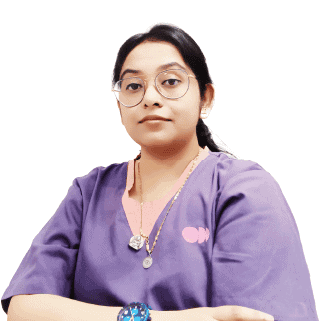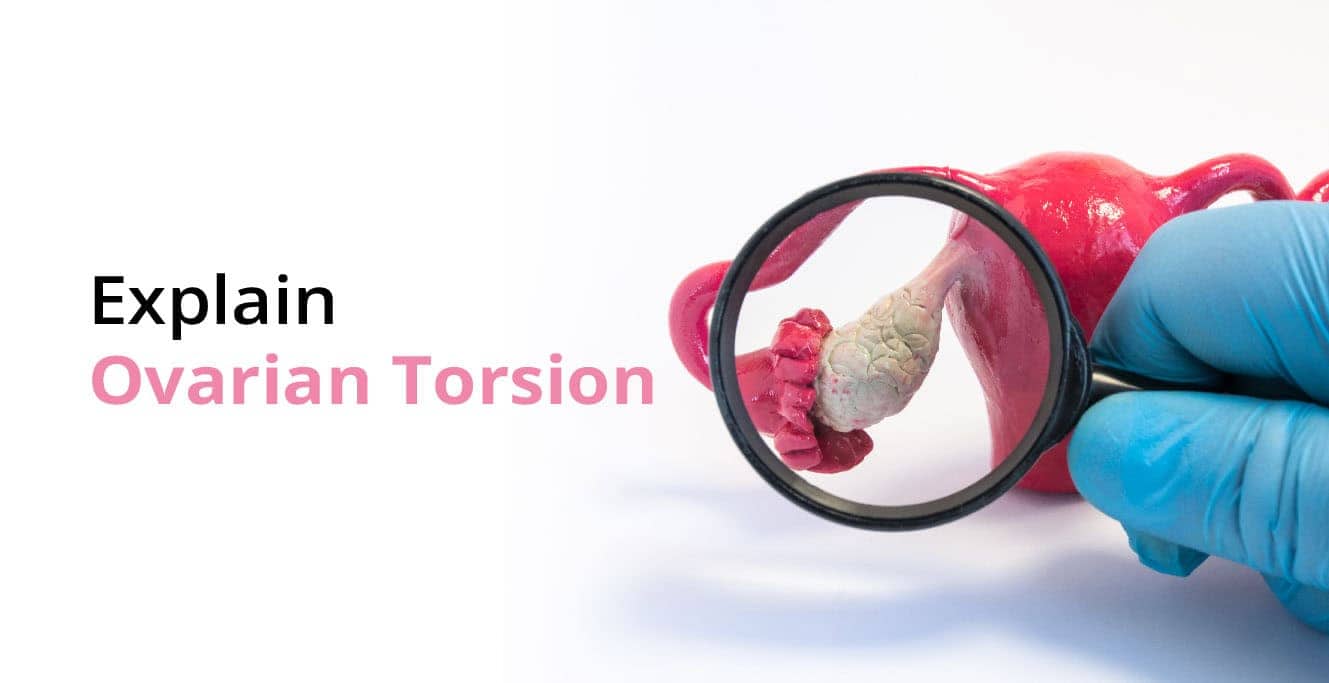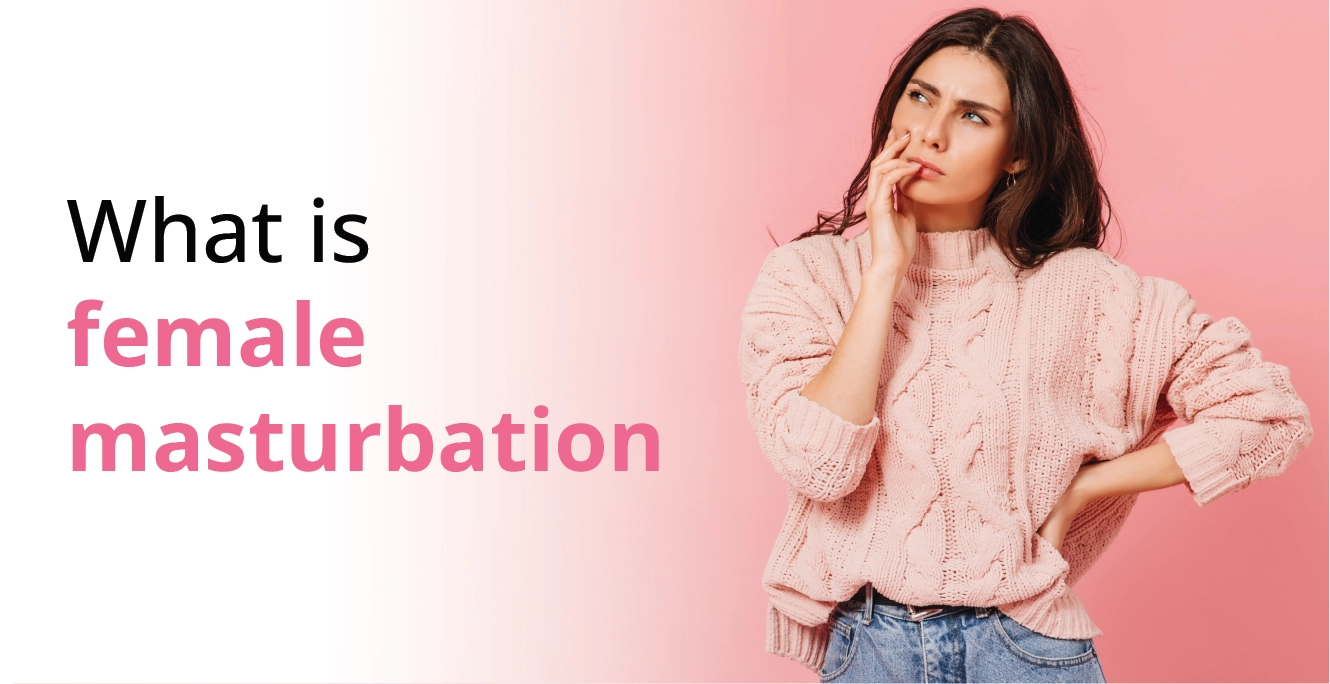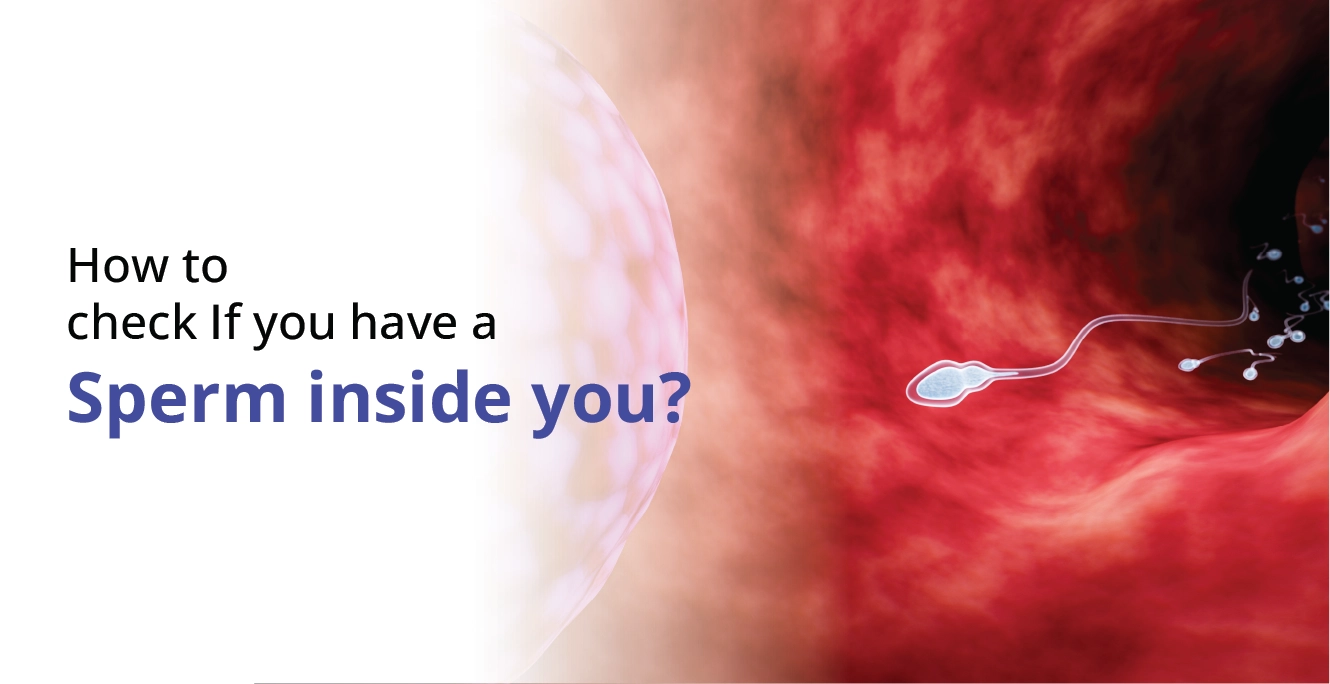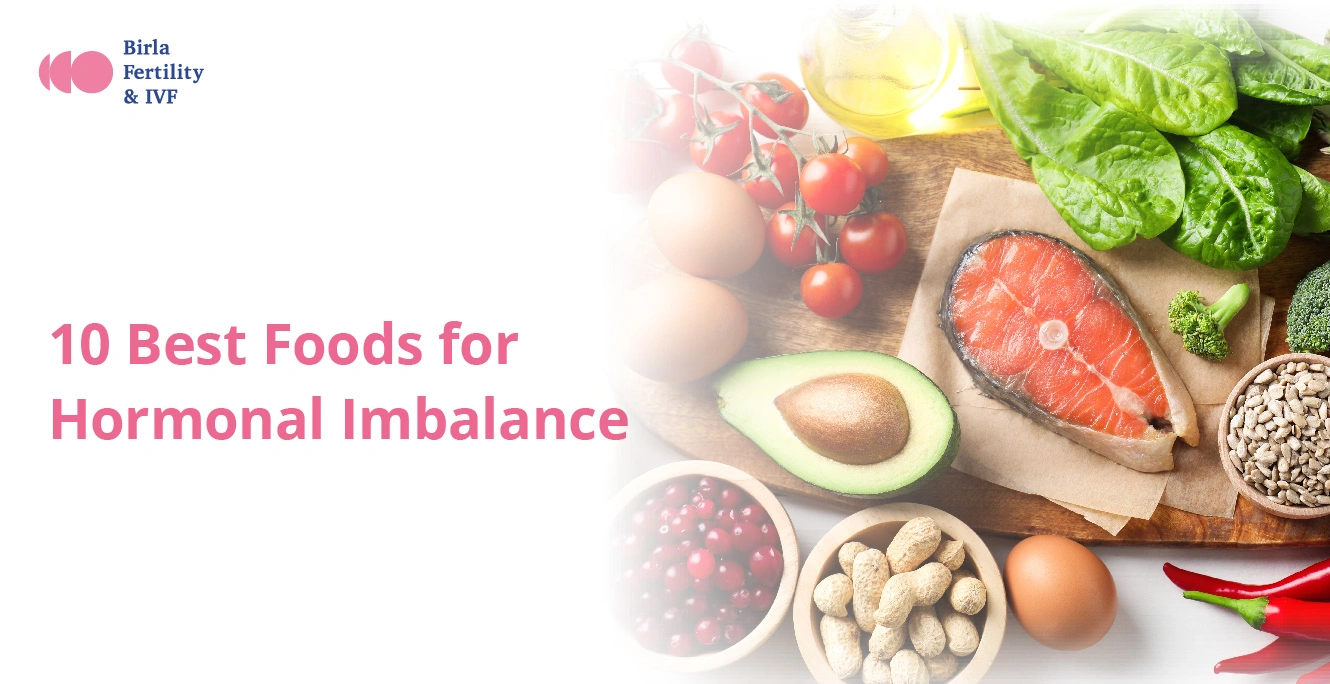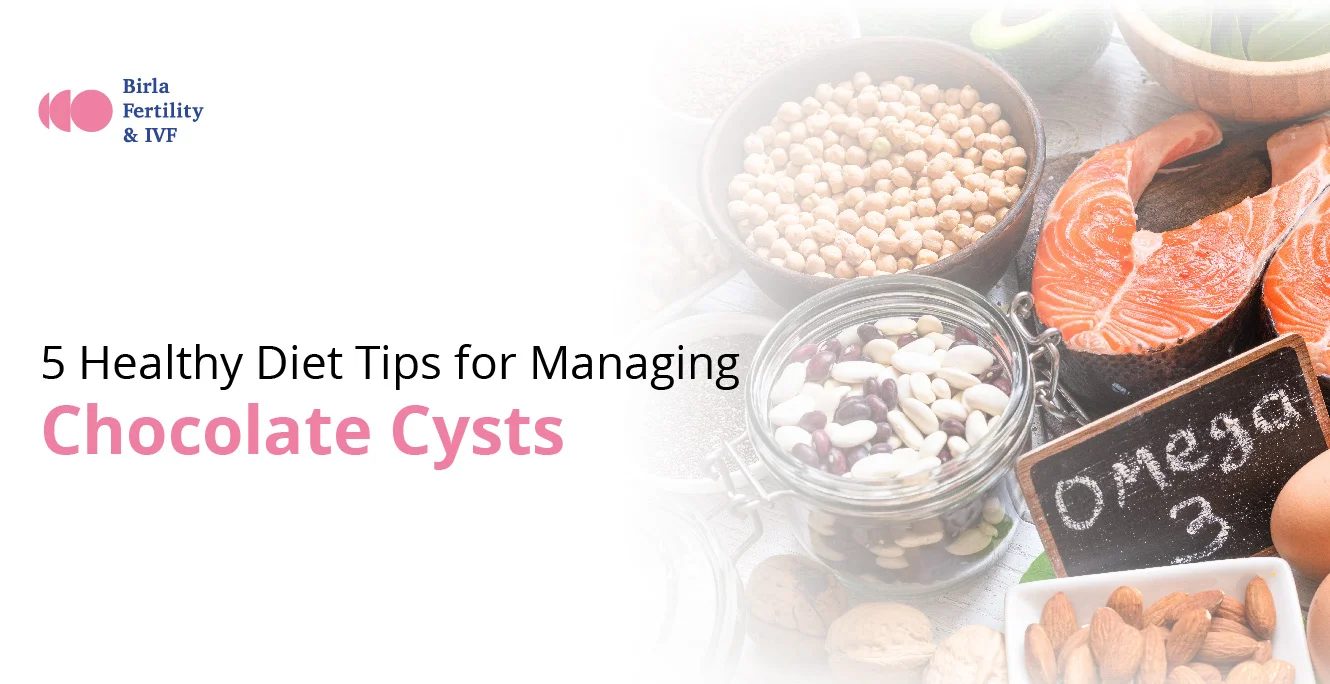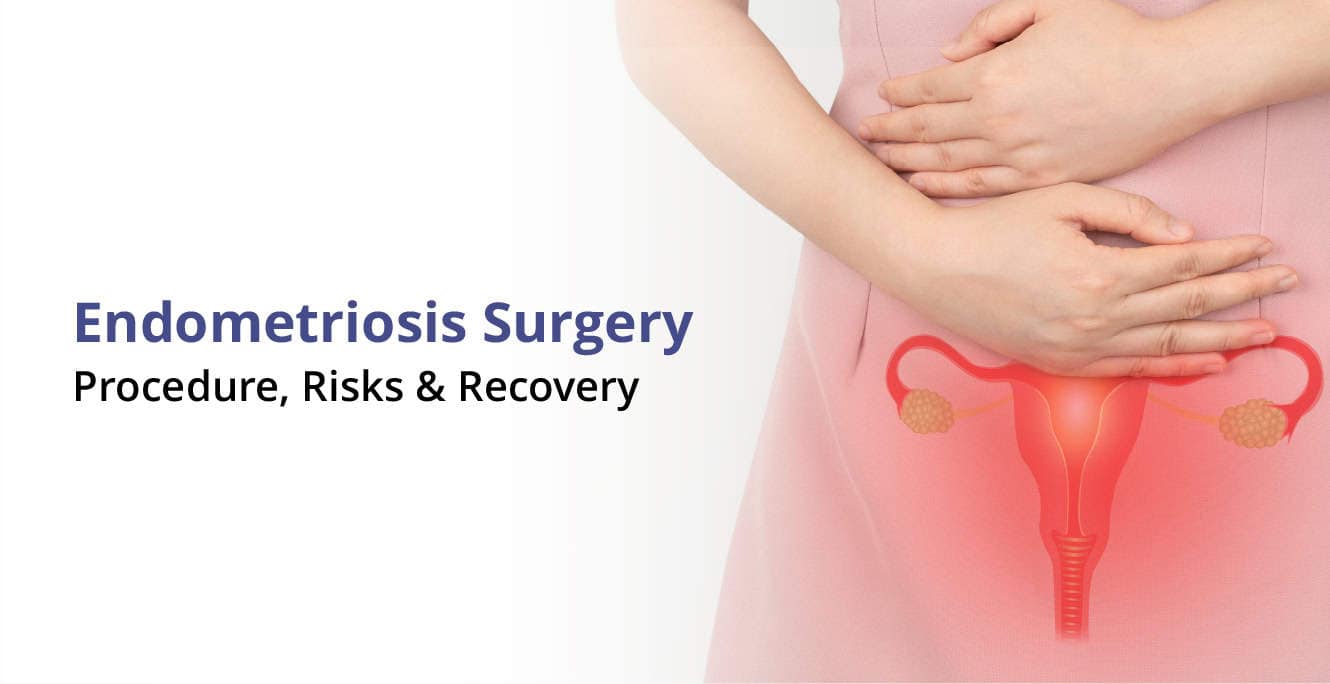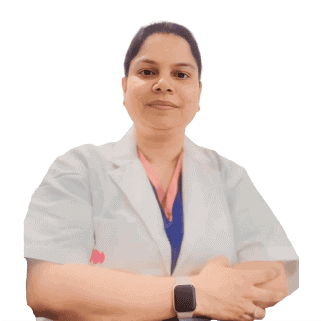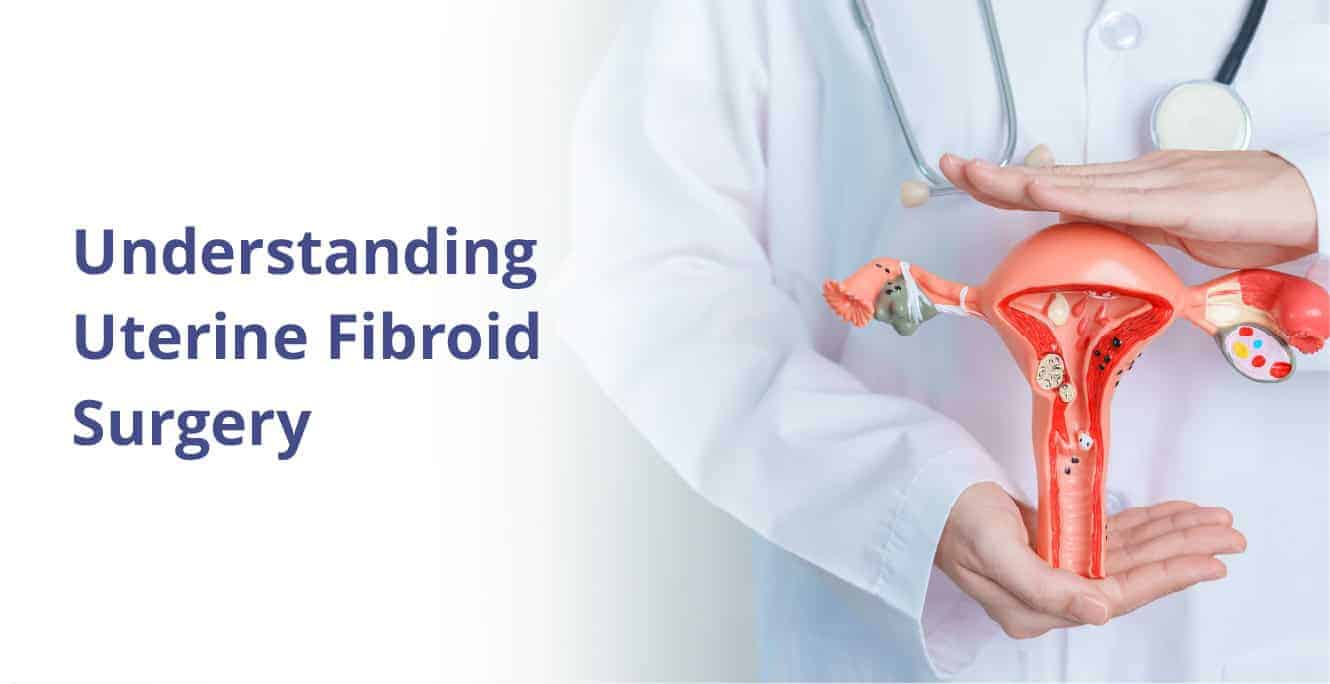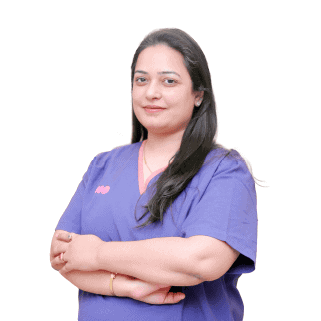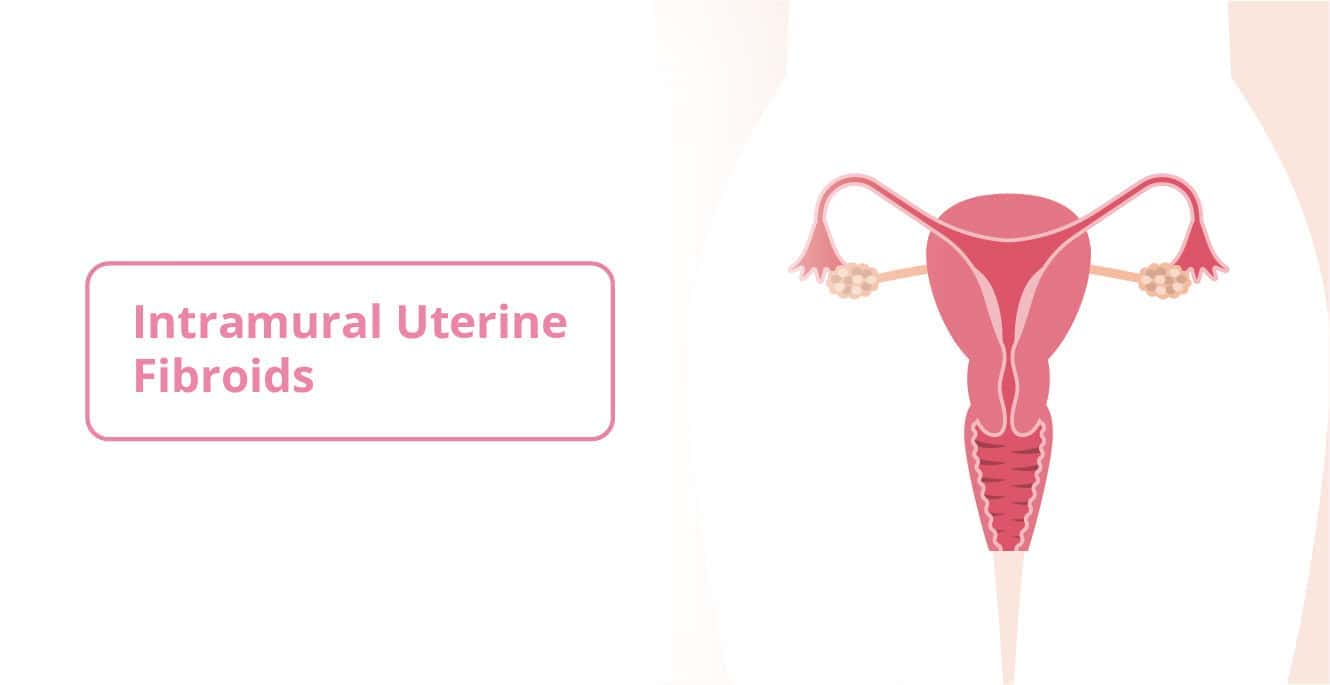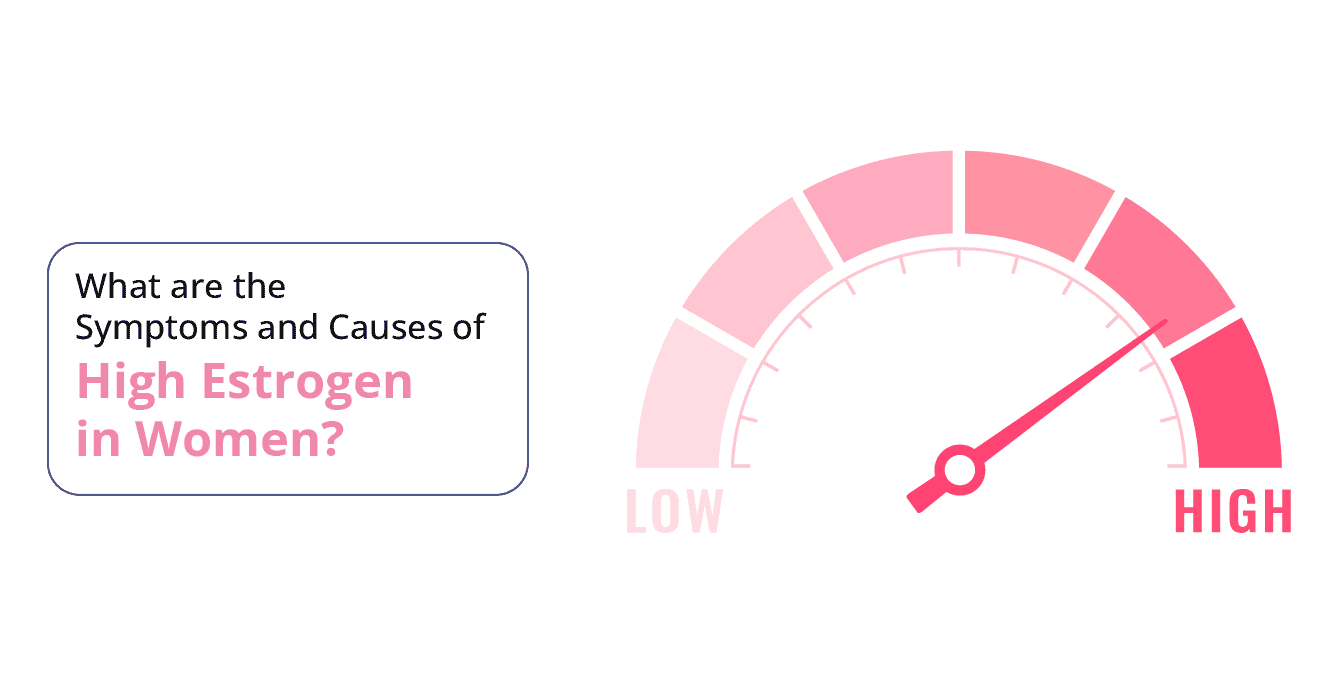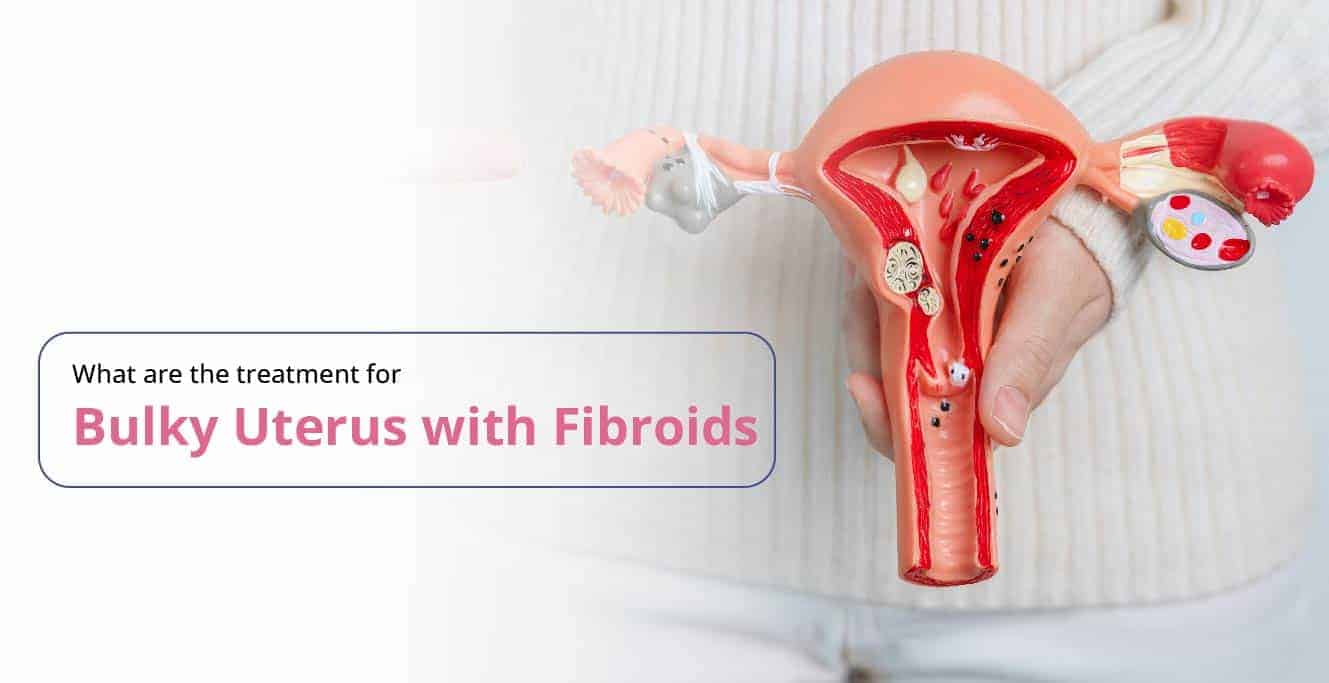Ovarian torsion: Why should you take it seriously?
Female reproductive issues such as ovarian torsion comprise complications where one or both ovaries get twisted due to undiagnosed causes, leading to intense pain around the abdominal region.
Ovarian torsion causes overall discomfort and inflammation. While gynaecologists are yet to discover its underlying factors, females prone to PCOD, cystic ovaries, or ovarian complications may develop a lopsided ovary.
It is a grave medical condition since it can lead to permanent ovarian damage if left untreated.
Ovarian torsion: Overview
Clinically known as adnexal torsion, in this condition, ovaries get inverted, forming a loop between the muscles that provide nutrition and support. Healthy ovaries optimise womanhood from the menstrual cycle to pregnancy, besides ensuring overall well-being until menopause.
The ovaries lie between L3 – L5 (third and fifth lumbar vertebrae), attached to the pelvic wall with suspensory ligaments. These comprise no blood vessels and lead to ovarian dis-balance, leading to the dislocation of these almond-shaped organs.
Ovarian torsion ceases blood supply to the ovaries, accompanied by constant pain. It can cause necrosis of ovarian tissue, adding to reproductive issues affecting fertility.
Ovarian torsion symptoms: How to recognise it?
Pain and trauma are constant for all ovarian issues, making it difficult to distinguish ovarian torsion from cystic ovaries or PCOS.
You should visit a gynaecologist for detailed observation when experiencing the mentioned symptoms over a while:
- Pain limited to the lower abdomen (dorsally and around the flanks)
- Frequent cramping and suddenly experiencing dysmenorrhea
- Nausea and vomiting
- Fever
- Severe pelvic inflammation
Besides, seeking an expert opinion is recommended because ovarian cyst torsion shares symptoms with the following illness:
- Appendicitis
- Glomerulonephritis
- Gastroenteritis
- Kidney problems
- UT infections
Diagnosis of Ovarian Torsion
The similar symptoms of all ovarian issues make it necessary to seek a clinical diagnosis of ovarian torsion through physical examination by a gynaecologist. This includes:
- Pelvic examination (USG)
- Transvaginal USG
Physical examination includes inspecting the respective symptoms, which get verified as ovarian torsion symptoms through USG when the patient shows:
- Profuse nausea
- Intense pelvic pain
- Cystic presence on the ovary
Why does ovarian torsion cause complications? Who is vulnerable to it?
There are no clinical explanations to predict the unfolding of an ovarian cyst torsion. The development of knots from their movement risks the fallopian tube, infundibulum, and ampullae extension, which may lead to narrowing the passage, risking ectopic pregnancies in the future.
It also damages the underlying blood vessels, which replenish the ovarian tissues, causing damage to medullary tissues (affecting the maturation of follicles).
Gynaecologists indicate that individuals before and after menopause are vulnerable to ovarian torsion, while those between 20-40 years have added risks. Others include:
- Single ovarian cystic conditions: This can impose stress on an ovary, leading to them twisting or rotating in a loop.
- Extended suspensory ligament: These attach ovaries with the uterus and are highly vulnerable to adnexal torsion.
- ART (assisted reproductive technologies): Individuals opting for conception through ART like In Vitro Fertisation may develop ovarian torsion as an unnecessary side effect.
- Hormone related fertility treatment: Some individuals consuming hormonal medication to treat infertility are more vulnerable.
- Pregnancy: Pregnant women are at particular risk (with no harm to the developing foetus). A high level of associated hormones loosens the female reproductive system to accommodate the developing foetus (including the suspensory ligaments). This may cause ovarian torsion.
Ovarian Torsion: Health complications
It’s not comforting to know that you have ovarian torsion. While it’s not a life-threatening condition unlike ectopic pregnancies, there are potential side effects:
- Ovarian tissue necrosis (death of ovarian cells)
- Severe pelvic pain and inflammation
- Narrowing fallopian tube passage (enhancing the risk of ectopic pregnancy)
- High rate of foetal and maternal mortality during pregnancy
- If left untreated, ovaries may get damaged permanently, ceasing ovum production.
Patients having ovarian torsion can conceive since it doesn’t affect fertility.
Ovarian torsion treatment: Methods and medications
Treating ovarian torsion symptoms requires surgical intervention. The operation corrects the ovary position and restores the fallopian tube and suspensory ligaments affected.
However, gynaecologists may suggest the removal of the affected ovary for women in menopause to prevent future complications.
Besides, surgery varies based on the ovarian condition since the mentioned help restores the ovary in its natural position:
Laparoscopy
Also known as micro-surgery, three slender tubes (optical fibre tubes) illuminate the suspected position using surgical tools and necessary measures for maintaining sterilisation.
This procedure happens under local anaesthesia with minimal incision. It corrects ovarian torsion by restoring the twisted suspensory ligaments and stabilising the ovary without harm. The patient can get discharged within 48 hours after laparoscopy.
Laparotomy
This technique requires an abdominal opening (large incision) while the surgeon manually stabilises the twisted mass around the ovary. It’s also performed under local anaesthesia but requires extended hospital admission for delayed healing than laparoscopy.
Other surgical techniques are used when ovaries, fallopian tubes, or both have profuse damage beyond repair to remove before it affects surrounding organs.
Instead of correcting ovarian torsion, these involve removing the affected organs from patients in their menopause or those facing excessive discomfort.
- An oophorectomy comprises laparoscopic techniques to remove the affected ovary.
- A Salpingo-oophorectomy requires laparoscopic removal of ovaries and fallopian tubes that are affected beyond repair.
Ovarian torsion: Post-operative recovery
Patients undergoing surgeries must stay under 24 hours of observation before and after the surgical procedure. Besides, the doctor shall prescribe analgesic medications to relieve post-surgical pain of ovarian torsion and chart a preventive diet for enhanced healing.
Medication includes:
- Acetaminophen
- Diclofenac
- Paracetamol
- Tramadol
- NSAIDs (ibuprofen, naproxen)
Here are a few preventive measures patients must follow for a speedy recovery from ovarian torsion and prevent future complications:
- Get ample rest.
- Don’t lift heavy objects.
- Limit activities requiring bending.
- Add yoga to your routine (it relieves suspensory ligaments).
- Visit your gynaecologist for regular check-ups.
Conclusion
Ovarian torsion occurrence (6 out of 100,000) is lower than most ovarian issues (PCOS, ovarian cancer, primary ovarian insufficiency). It’s most prevalent in women aged between 20 – 45 years.
The right ovary is most prone to undergo ovarian torsion surgery than the left because the suspensory ligament is longer in the former ovary than in the latter.
Women of all ages must undergo occasional gynaecological visits for reproductive well-being. Ovarian torsion worsens when left untreated or neglected from the beginning.
To avail of the best care for ovarian torsion and fertility issues, visit Birla Fertility and IVF or book an appointment.
FAQs
How does ovarian torsion happen?
The twisting of muscles holding the ovaries leads to torsion. While the underlying factors are unclear, ovarian torsion causes extreme discomfort and affects the probability of abnormal pregnancy unless treated promptly.
How do you fix an ovarian torsion?
Surgical options (laparoscopy) are an effective technique to correct ovarian torsion. It unbinds the torsion-affected fallopian tube and suspensory ligaments, keeping the ovary in its natural position (L3 – L5). It’s best to seek gynaecological help when facing pelvic pain than to consume painkillers to contain it.
How do you tell if your ovary is twisted?
Gynaecologists perform physical inspections and use diagnostic techniques like transvaginal USG to confirm ovarian torsion. It’s near impossible for the patient to self-diagnose since most abdominal problems show similar symptoms.
Is ovarian torsion life-threatening?
Ovarian torsion could be life-threatening, especially during pregnancy. It risks mortality for both the foetus and mother, meaning emergency removal is the only option.

